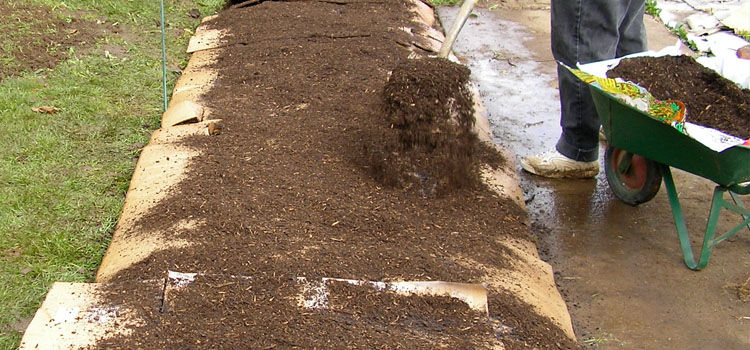The Most Nutritious Salad Leaves You Can Grow at Home this Year & How to Start
- AllotMe

- Mar 29, 2022
- 3 min read

Starting on the journey to growing your own food may feel a little overwhelming when you start off, but we're here to help you: by outlining some of the most nutritious (and easy) salad plants you can start growing at home this year.
For the health conscious out there, salad leaves can be an absolute game changer due to their low calorie footprint on a diet, and their relatively high content of natural vitamins and minerals.
It's best to think about the kind of salad leaves you already eat a lot of, or would like to include in your diet. To help you, we've broken down some of the most nutritious-rich salad leaves out their according to where they score the highest.
Spinach
Best for: Potassium and Magnesium

In many ways, Spinach reigns supreme amongst the common salad leafs for its densely packed nutritional profile. But it's also a great addition to the vegetable garden because it can be grown almost year-round.
Nutritional profile per cup of spinach:
Vitamin C - 8mg (milligrams)
Calcium - 30mg
Magnesium - 24mg
Potassium - 167mg
Fiber - 0.7g (grams)
Protein - 0.7g
When to sow spinach seeds: Late Winter, Early Spring, or Late Summer, Early Autumn (basically anytime!)
Time until Harvest: Approximately 6 weeks from germination
Kale
Best for: Vitamin C and Protein

Although Kale does not technically sit in the 'salad leaf' category by definition (it's actually a leaf cabbage) - it has been widely adopted to perform the tasks usually given to other salad leaves. Kale is incredibly diverse when it comes to the kitchen - it can be eaten raw, as part of a salad, or even roasted and salted to make 'Kale Chips'. More importantly, however, this leafy green has a great nutritional profile, and is also an incredibly hardy plant when it comes to growing it in your vegetable garden.
Nutritional profile per cup of kale:
Vitamin C - 19mg
Calcium - 24mg
Magnesium - 8mg
Potassium - 79mg
Fiber - 0.6g
Protein - 2.9g
When to sow spinach seeds: Late Spring, Early Summer
Time until Harvest: Approximately 10 weeks from germination
Lettuce (Romaine)
Best for: Fiber

When it comes to salads, or accompaniments to other dishes there is arguably nothing that beats the classic lettuce. Whilst it comes in many shapes and sizes, typically its nutritional profile is similar - so for now, let's have a look at the classic romaine lettuce. It is also one of the easiest vegetables out there to grow, with a quick time to harvest. It also does not require a great deal of sunshine, and often thrives in shaded areas. It can even regrow up to 3 or 4 times before the flavour begins to sour, and the nutritional profile drops.
Nutritional profile per cup of lettuce:
Vitamin C - 2mg
Calcium - 16mg
Magnesium - 7mg
Potassium - 116mg
Fiber - 1g
Protein - 0.5g
When to sow spinach seeds: Late Winter, Early Spring, Summer & Autumn
Time until Harvest: Approximately 4-6 weeks from germination
Watercress
Best for: Calcium

Watercress is perhaps the easiest leafy greens to grow, and works as a garnish on a range of different dishes in the kitchen. Want to grow some cress? Simply scatter some seeds on a damp piece of kitchen roll, and watch them grow!
Nutritional profile per cup of watercress:
Vitamin C - 14mg
Calcium - 41mg
Magnesium - 7mg
Potassium - 112mg
Fiber - 0.2g
Protein - 0.8g
When to sow spinach seeds: Early Spring
Time until Harvest: Approximately 4-7 weeks from germination
There you have it - some of the most nutritious salad leaves you can start growing on a window sill or in your own vegetable garden this season. Share your progress with us on socials by tagging @AllotMe_UK
Want to get started with your own salad garden? Head to our Growing Support Page to take a look at our full range of tutorials.
NB: Original Nutritional Information from Harvard Medical School



Comments